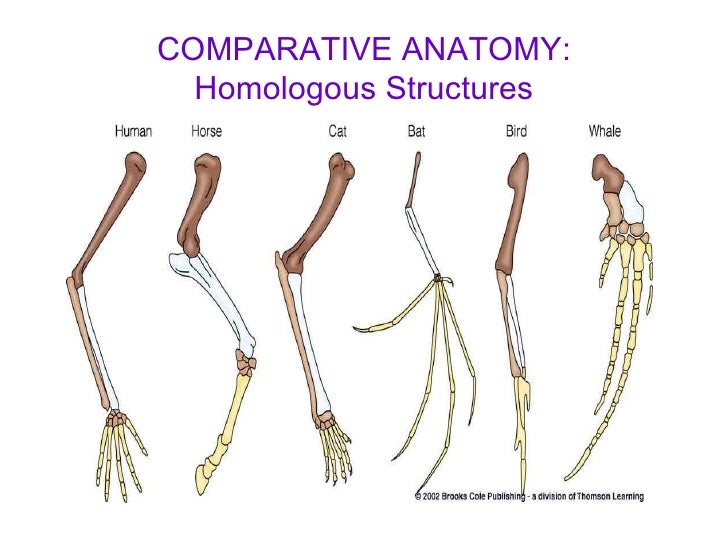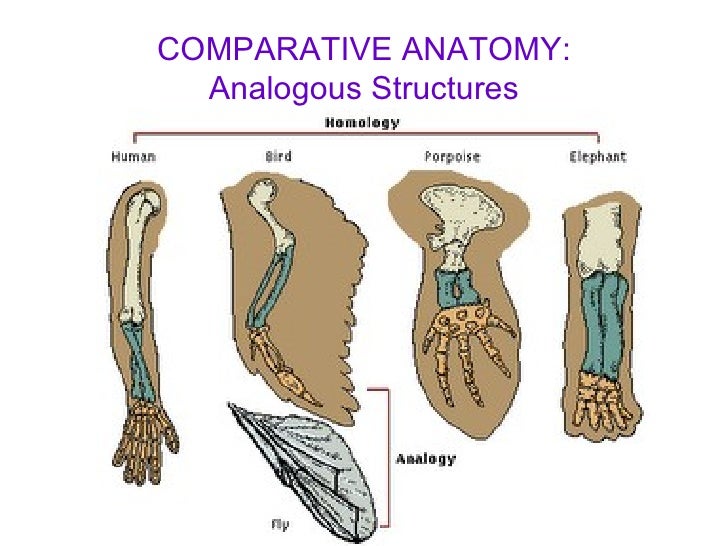9/23 – 9/28
This week we covered many topics related to evidence for evolution. We began by defining several terms, as to avoid confusion with the way they are used in common speaking.
- Falsifiability: the idea that scientific thoughts can never be 100% proven, only supported by evidence.
- Hypothesis: A testable Statement
- Theory: A major unifying framework supported by all evidence currently known.
- Law: A deduced fact that will always hold true.
We then discussed the names for the various structures used in comparative anatomy that suggest evolution. Comparative anatomy is a method of deducing organism’s evolutionary relationships by comparing similar structures in their bodies.
- Homologous Structures: similar structures in related organisms that serve independent purposes. These suggest that organisms share a common ancestor that had this structure.
 Structures: Similar adaptations to similar situations and problems (these serve as evidence for convergent evolution)
Structures: Similar adaptations to similar situations and problems (these serve as evidence for convergent evolution)- Vestigial Structures: Structures that no longer serve any or very little function, but don’t cause the organism to be selected against (Like the human appendix or the pelvic bones and femurs of whales).
Another topic we covered was the development of phylogenetic (or evolutionary) trees. We learned how modern DNA sequencing results have helped scientists build more expansive and accurate trees, as comparing DNA sequences can reveal evolutionary histories often better than comparative anatomy.
Ongoing Questions:
How is DNA actually collected and read? Can we recreate synthetic DNA? If so, could we design our own synthetic organism? Would that organism be in its own synthetic domain?
HHMI Activity Link: https://www.hhmi.org/biointeractive/creating-phylogenetic-trees-dna-sequences
